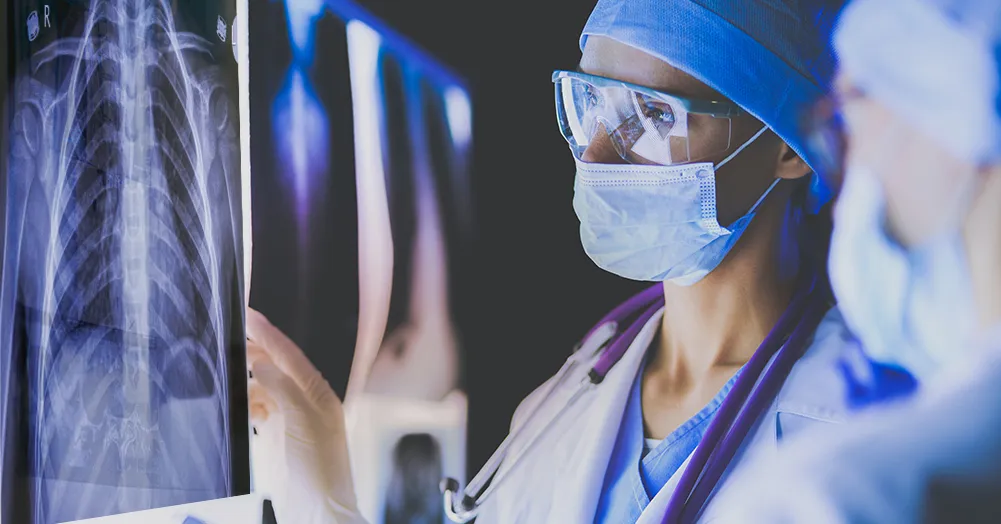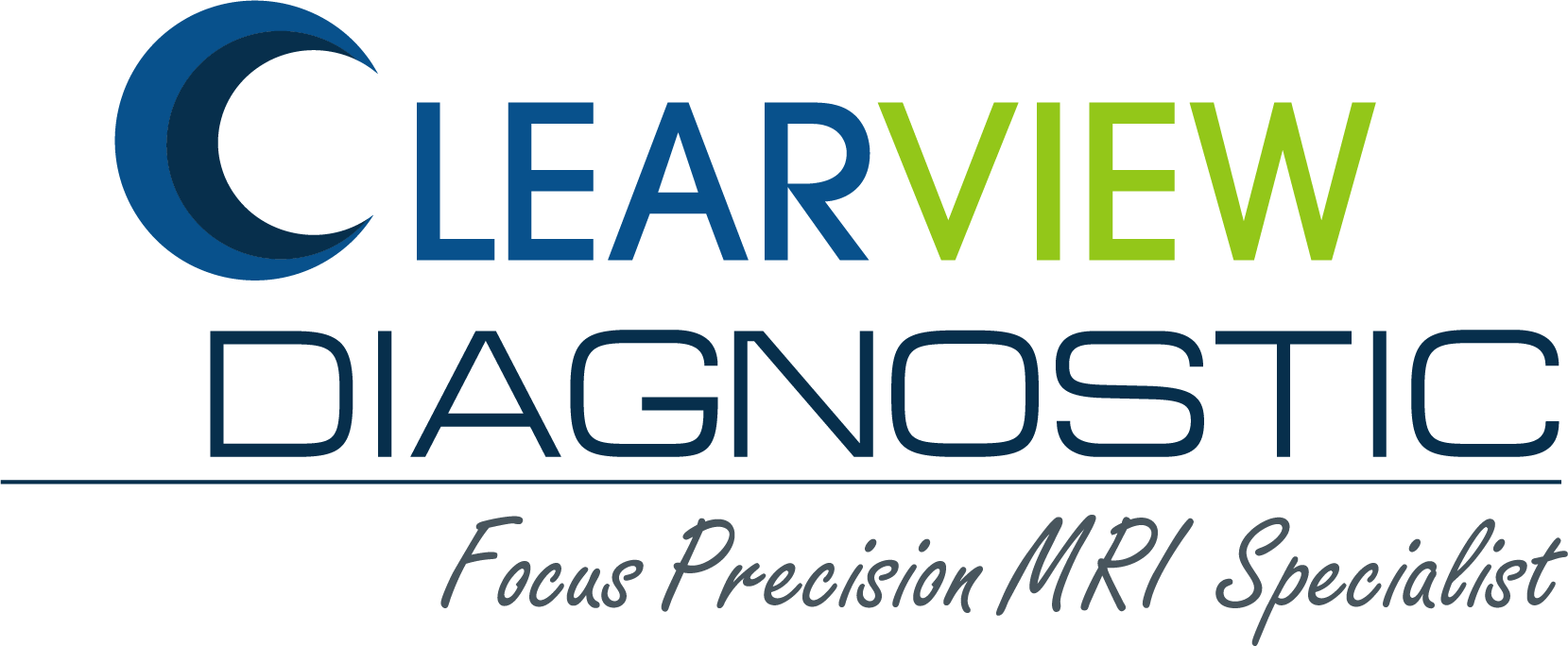
What is Stand-Up MRI?
Stand-Up MRI, also known as Upright MRI or Weight-Bearing MRI, is a revolutionary advancement in medical imaging technology. Unlike traditional MRI machines, which require patients to lie down, Stand-Up MRI allows patients to be scanned in various positions, including standing, sitting, bending, or lying down. This capability enables the capture of images in the body’s natural weight-bearing state, providing a more comprehensive and accurate assessment of certain conditions.
Benefits of Stand-Up MRI
1. Natural Position Imaging: Stand-Up MRI can capture images of the body while in a natural, weight-bearing position. This is particularly beneficial for diagnosing conditions related to the spine, joints, and other musculoskeletal issues that may not be apparent in a conventional lying-down MRI.
2. Patient Comfort: Many patients find the open and spacious design of Stand-Up MRI machines more comfortable and less claustrophobic compared to traditional closed MRI machines. This design is especially advantageous for patients with anxiety, claustrophobia, or those who have difficulty lying down for extended periods.
3. Dynamic Imaging: The ability to scan patients in various positions allows for dynamic imaging. Physicians can observe changes in the body’s anatomy and function when moving from one position to another, leading to more accurate diagnoses and tailored treatment plans.
4. Enhanced Diagnostic Accuracy: By capturing images in different positions, Stand-Up MRI can reveal abnormalities that might be missed in a standard MRI. This is particularly useful for detecting issues related to spinal compression, joint disorders, and other conditions that are affected by gravity and posture.
What Should Patients Expect?
When undergoing a Stand-Up MRI, patients can expect a more relaxed and less restrictive experience compared to traditional MRI procedures. Here’s a step-by-step overview of what to expect:
1. Preparation: Patients should wear comfortable clothing without metal fasteners or accessories. They may be asked to change into a hospital gown to ensure no metal objects interfere with the imaging process.
2. Positioning: Depending on the area being examined, the patient will be positioned either standing, sitting, or in another required posture. The technologist will ensure the patient is comfortably and securely positioned before the scan begins.
3. Imaging Process: During the scan, patients will need to remain as still as possible to obtain clear images. The machine will make some noise, but it is not harmful. The technologist will communicate with the patient throughout the process, providing instructions and ensuring their comfort.
4. Duration: The duration of the scan can vary depending on the complexity of the examination, but it typically lasts between 30 to 60 minutes. Patients can listen to music or watch TV during the procedure to help pass the time.
5. Post-Scan: After the scan, patients can resume their normal activities immediately. The radiologist will analyze the images and send a report to the referring physician, who will discuss the results and any necessary follow-up steps with the patient.
An x-ray is a form of radiation, like light or radio waves, which can be focused into a beam. When x-rays strike a piece of photographic film or a screen, a picture is produced. Dense tissues in the body, such as bones, block (absorb) many of the x-rays and appear white on an x-ray picture. Less dense tissues, such as muscles and organs, appear in shades of gray, while x-rays that pass only through air, such as x-rays of the lungs or colon, appear black.Digital x-rays achieve the same high quality picture as with film. An added benefit to digital x-rays is that they can be enhanced and manipulated with computers and sent via a network to other workstations and computer monitors, allowing practitioners in remote locations to access the images and assist in diagnosis.
Common areas of the body Xrays are used for include:
- Spine
- Skull
- Sinus
- Ribs
- Pelvis
- Chest
Prior to your visit:
- Our staff will contact you prior to your scheduled appointment date to confirm your upcoming visit. To make your visit as quick as possible, we will make every effort to pre-register you for your visit.
- Please bring a photo ID, your insurance information and the prescription from your physician to your appointment.
- Wear comfortable clothing.
- You may eat, drink and take medications as usual unless you are advised differently.
On the day of your visit:
- Please bring a photo ID, your insurance information and the prescription from your physician to your appointment.
- Wear comfortable clothing.
- You may eat, drink and take medications as usual unless you are advised differently.
Following your visit:
- Our radiologists will interpret your images and send a report directly to your doctor. Your doctor will communicate the results of your exam to you.

